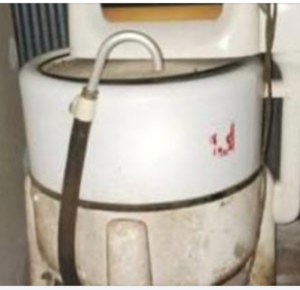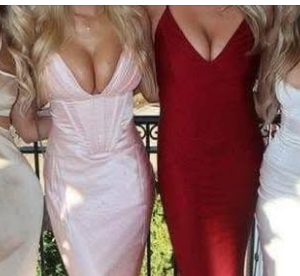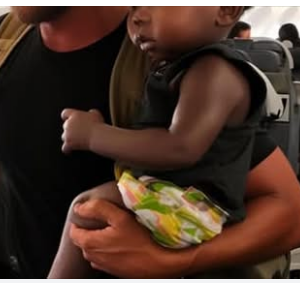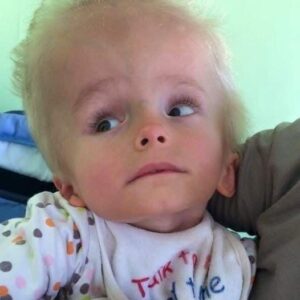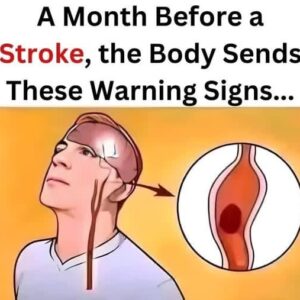In between my studies, I found myself volunteering through a local community outreach program. It wasn’t something that I would have usually found myself doing — but there I was, at a crossroad.
I was so close to getting my degree, but at the same time, I was doubting myself. As much as I loved psychology — did I have it in me to further?
Burnout was real. The long nights, the constant pressure, the relentless pursuit of perfection — it was all weighing me down. One evening, while scrolling through social media, an ad for a local community outreach program caught my eye. They needed volunteers to help the elderly with daily tasks and companionship. It sounded simple enough, a break from my routine. Little did I know, it would change my life.
The first day I walked into the community center, I was nervous. I had no idea what to expect. The coordinator, a kind woman named Karen, paired me with Dorothy, an elderly woman who lived alone. Dorothy had a reputation for being reclusive, but I was up for the challenge.
When I first met Dorothy, she was sitting in a cozy armchair, wrapped in a faded quilt, her eyes fixed on the window. She looked up as I entered, her expression unreadable.
“Hello, Dorothy. I’m Sam,” I said, forcing a smile.
She studied me for a moment before nodding. “Hello, Sam. Come, sit.”
Over the next few weeks, I visited Dorothy regularly. We talked about her garden, her late husband, and her love for knitting. She shared stories from her youth, and slowly, I began to see the world through her eyes. It was a welcome distraction from my own worries.
One rainy afternoon, as we sipped tea in her living room, Dorothy handed me a photo album. “Would you like to see some old photographs?” she asked, her voice tinged with nostalgia.
I nodded, eager to learn more about her past. We flipped through the pages, her eyes lighting up with each memory. As I turned another page, a small, worn photograph slipped out and fluttered to the floor. I picked it up and froze. The picture was of a young woman who looked eerily familiar.
“Who is this?” I asked, my voice barely a whisper.
Dorothy squinted at the photo, her expression softening. “That’s my daughter, Margaret. She disappeared many years ago. We lost touch, and I’ve never been able to find her.”
My heart pounded in my chest. The woman in the photo looked exactly like my mother. I pulled out my phone and found a picture of my mom, handing it to Dorothy. “Is this her?”
Dorothy’s hands trembled as she took the phone. Tears welled up in her eyes. “Yes… yes, that’s her. That’s my Margaret.”
I felt a rush of emotions — disbelief, joy, sadness. “Dorothy, I think… I think you’re my grandmother.”
We sat in stunned silence, the weight of the revelation settling over us. I had never known my mother’s side of the family. She had always been tight-lipped about her past, and now I understood why.
Over the next few months, Dorothy and I grew even closer. We spent hours talking about my mother, piecing together the lost years. Dorothy shared stories of my mother’s childhood, her dreams, and her struggles. It was like discovering a part of myself I never knew was missing.
My college burnout faded as I found new purpose in my life. I wasn’t just helping an old woman; I was reconnecting with my family, uncovering hidden truths, and healing old wounds. Dorothy and I became inseparable, our bond growing stronger with each passing day.
Graduation came and went, and I continued to visit Dorothy, now with my mother by my side. We became a family again, united by an unexpected photograph and the power of love and forgiveness.
In the end, volunteering at the community outreach program had given me more than just a break from my studies. It had given me a grandmother, a deeper understanding of my mother, and a renewed sense of purpose. And as I looked into Dorothy’s eyes, I knew that this was where I was meant to be.
